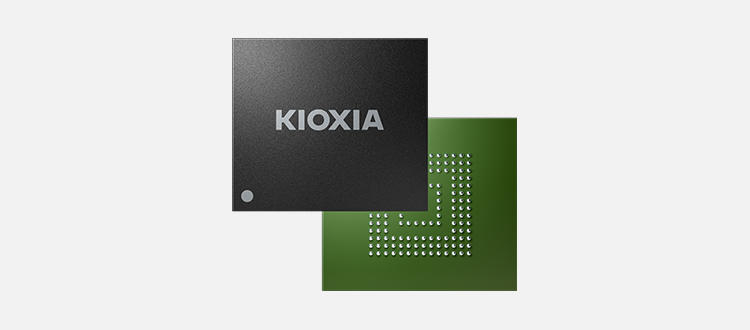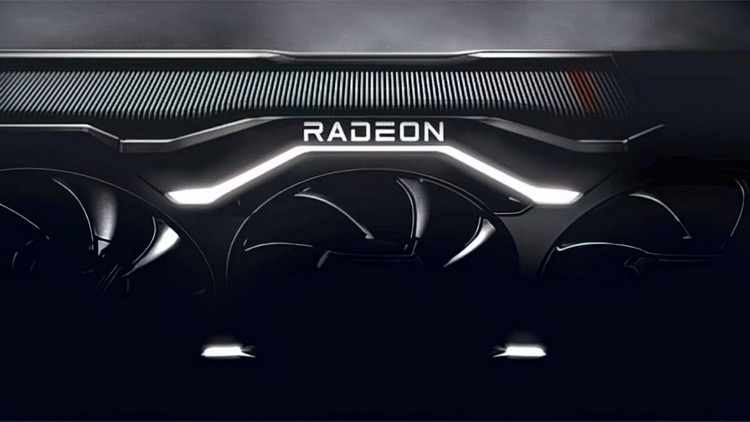
As the price of electronic components dropped for months, major memory chip makers, including Samsung Electronics and Micron Technology, issued gloomy forecasts and lowered already low estimates for upcoming profit margins.Other companies announced plans to cut production to avoid further market saturation.Top company executives and industry analysts don't expect the price decline to end, or even slow, until the middle of next year.Image source: skhynix.comMemory chips used in smartphones, PCs and servers serve as a key health indicator for the semiconductor industry, and there has been a shift from pandemic-driven growth to a sharp drop in demand.Between July and September, average contract prices for the two major memory types, DRAM and NAND, fell 15 percent and 28 percent, respectively, TrendForce analysts calculated.With the accumulation of excess inventory, this trend will remain relevant in the fourth quarter of the current and the entire next year, and only by the end of 2023 should we expect a slowdown or even complete cessation of negative dynamics.Samsung, the world's largest memory chip manufacturer, recently reported that its operating profit for the third quarter, according to preliminary data, fell by 32%.Its U.S.competitor Micron in late September has not presented a positive report, and the forecast for the current quarter was quite restrained.SK Hynix, the world's second-largest memory chip market by revenue, is poised to report a 40 percent year-over-year drop in revenue, FactSet analysts believe.Memory chip prices began falling late last year.Compared to other semiconductor components, they are less differentiated, so demand fluctuations are particularly acute here.Memory accounts for 27% of the semiconductor industry's revenue, which will be $619 billion by 2022, Gartner analysts say -- the market also includes processors and image sensors, and the biggest players are Samsung, SK Hynix, Micron and Intel.In general, the industry with the arrival of the pandemic showed sharp growth, but this year the situation has changed: powerful negative factors were inflation and geopolitics, which, in turn, collapsed demand for PCs, smartphones and gaming devices.Image source: kioxia.comAfter the memory chips segment, other areas of the electronic components market begin to show negative dynamics: AMD reported that revenues for the third quarter will be much lower than expected.Stock market also demonstrates pessimism: the day before AMD shares lost 13% of their value, NVIDIA securities fell by 7%, and Micron - more than 3%.Another negative factor was also another sanctions imposed by the U.S.on China.However, there is a way to stop the decline - to reduce production, and it has already resorted to the Japanese Kioxia, which promised in October to reduce the output of memory chips by 30%.Micron CEO Sanjay Mehrotra recently said that the company will reduce production costs and in the short term will reduce supplies, although in the next decade, the memory market will still be ready for significant growth.The company's capital investment for the current fiscal year will be $8 billion, and this is 30% lower than the year before.At the same time in the long term the industry still expects growth - the same Micron is preparing to spend up to $100 billion on a new DRAM plant in New York State.Intel, Samsung, and TSMC are also considering large investments.However, one of Samsung top managers recently noted that the company's policy does not include intentional production cuts, and there is no need to abandon this strategy so far.SK Hynix does not give a direct answer to a similar question, but says it is ready to pursue a flexible policy depending on market trends.


0 Comments